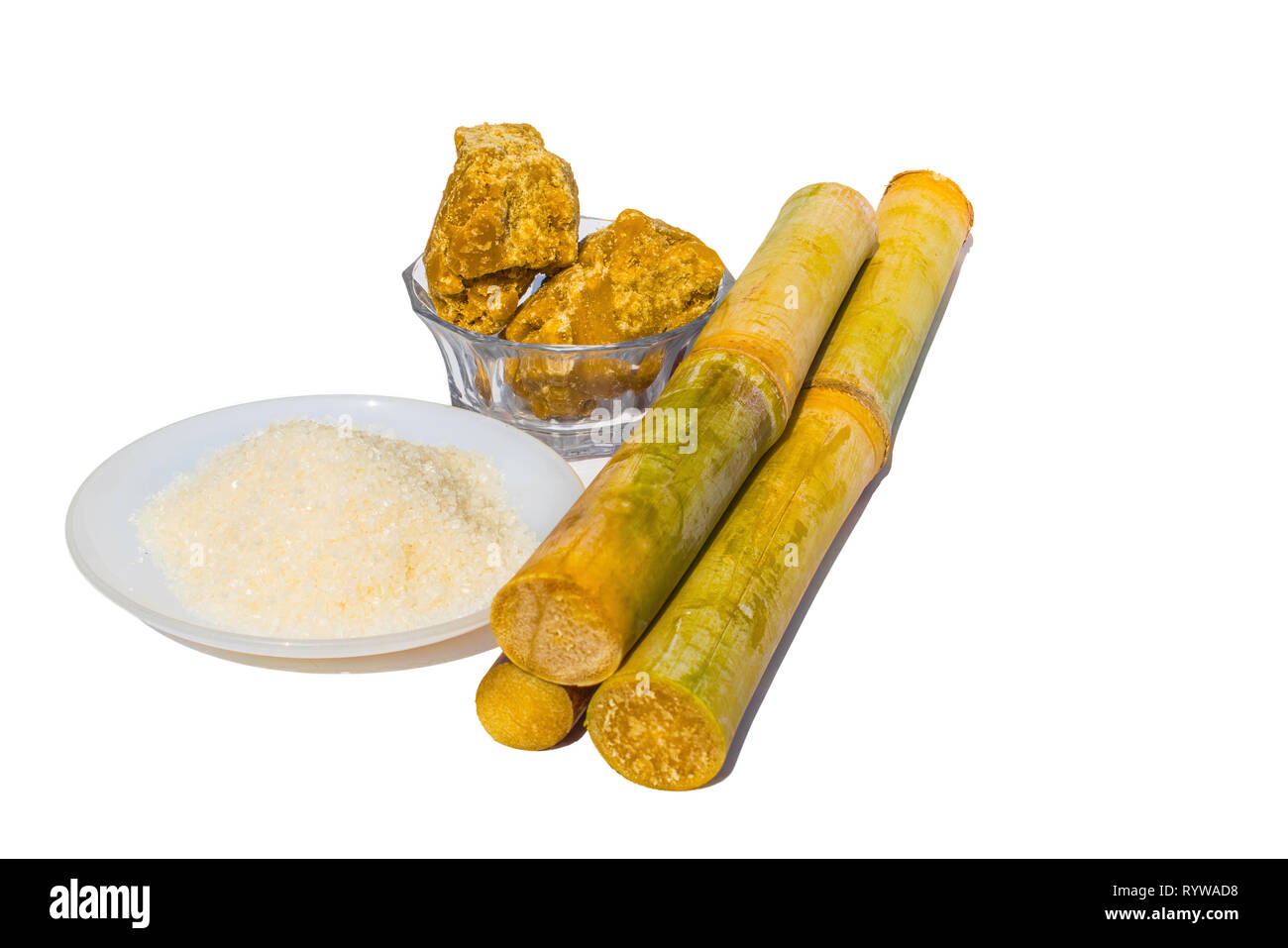The Trip of Sugarcane: From Harvest to Everyday Products
The journey of sugarcane is a complex process that starts with careful growing and finishes in a range of products that penetrate our daily lives. As we discover the different elements of sugarcane's journey, its duty in sustainability and the wider implications for our setting come into sharper emphasis.
Cultivation of Sugarcane
The farming of sugarcane is an essential farming procedure that requires certain environmental problems and management methods. Optimal growth takes place in tropical and subtropical regions where temperature levels vary between 20 ° C and 32 ° C. Adequate rains or watering is important, as sugarcane grows in moist dirt with well-drained problems (sugarcane product). Soil quality dramatically affects return; thus, farmers often carry out dirt examinations to identify nutrient needs
This method helps with efficient gathering and takes full advantage of sunshine direct exposure. Plant turning and intercropping are suggested methods to improve soil fertility and lower insect invasions.
Fertilization is another crucial aspect, with nitrogen, potassium, and phosphorus being the key nutrients required for optimum development. Timely application of these fertilizers can significantly improve sugar returns. Furthermore, monitoring for conditions and parasites throughout the expanding season is important, as these factors can detrimentally impact crop health and wellness and efficiency. Overall, effective sugarcane growing hinges on a mix of environmental stewardship, strategic preparation, and recurring administration practices.
Gathering Strategies
Successful sugarcane farming culminates in the collecting phase, which is crucial for making best use of return and ensuring top quality. The timing of the harvest is essential; sugarcane is commonly gathered when sucrose degrees peak, normally in between 10 to 18 months after planting. This duration varies based on environment, soil type, and sugarcane range.
Harvesting techniques can be extensively categorized right into guidebook and mechanical methods. Hands-on harvesting is labor-intensive, depending on proficient workers that make use of machetes to cut the stalks close to the ground. This technique permits for selective harvesting, where only the ripest walking canes are selected, therefore improving overall sugar material.
Alternatively, mechanical harvesting has actually gained popularity because of its performance and cost-effectiveness. Specialized farmers equipped with cutting knives and conveyor systems can process big locations promptly, substantially reducing labor costs. Nevertheless, this technique might cause the incorporation of premature walking canes and a prospective decline in sugar top quality.

Despite the technique employed, ensuring that harvested walking canes are moved swiftly to refining centers is necessary. Trigger dealing with reduces spoilage and maintains the honesty of the sugarcane, setting the stage for ideal processing.
Handling Approaches
Processing sugarcane involves numerous important steps that change the harvested stalks into usable items, mainly sugar and molasses. The initial phase is washing the cane to remove soil and particles, adhered to by the removal of juice with crushing or milling. This process commonly utilizes heavy rollers that damage the walking stick fibers to launch the wonderful liquid had within.
When the juice is extracted, it goes through clarification, where impurities such as dirt particles and bagasse are gotten rid of. This is commonly achieved by including lime and heating up the juice, permitting sedimentation. The cleared up juice is after that concentrated via evaporation, where water web content is lowered, leading to a thick syrup.

Inevitably, the processing of sugarcane not just generates sugar and molasses but likewise lays the groundwork for various by-products, which will be checked out in succeeding conversations.
Products Derived From Sugarcane
Sugarcane is a versatile crop that produces a vast array of products beyond simply sugar and molasses. Amongst the key by-products are ethanol and biofuels, which have gotten prestige as renewable resource resources. Ethanol, produced through the fermentation of sugarcane juice, works as an alternate to fossil gas and is frequently mixed with gas to produce cleaner-burning gas, reducing greenhouse gas discharges.
In addition, sugarcane is a substantial resource of bagasse, the coarse deposit remaining after juice extraction. Bagasse is utilized in various applications, including the production of paper, naturally degradable packaging, and as a biomass fuel for energy generation. Its use not only minimizes waste however additionally improves the sustainability of sugarcane processing.
Additionally, sugarcane-derived products include the food sector, where it works as an all-natural flavoring agent and sweetener in various cooking applications. In the world of cosmetics, sugarcane essences are incorporated right into skin care products due to their all-natural exfoliating properties.
Ecological Effect and Sustainability
The cultivation and handling of sugarcane have substantial ramifications for environmental sustainability. This plant needs substantial water sources, usually bring about depletion of local water supplies and affecting bordering environments. Furthermore, the use of plant foods and pesticides in sugarcane farming can cause soil degradation and river pollution, positioning dangers to biodiversity.

Sustainable sugarcane farming likewise advertises soil health and wellness via crop turning and decreased husbandry, enhancing carbon sequestration. The adoption of these methods not just supports environmental stability yet also enhances the strength of farming communities against climate modification.
Verdict
In summary, the journey of sugarcane includes different stages from cultivation to processing, inevitably causing a vast variety of items. The value of sugarcane extends beyond mere sweeteners, adding to renewable energy via ethanol manufacturing, sustainable packaging by means of bagasse, and natural removes for cosmetics. This complex plant plays an essential duty in both dietary enrichment and ecological sustainability, highlighting its importance in contemporary agricultural and you could try these out industrial methods.
Successful sugarcane cultivation finishes in the gathering phase, which is essential for maximizing yield and making sure top quality. The timing of the harvest is crucial; sugarcane is typically harvested when sucrose degrees optimal, generally in between 10 to 18 months after growing.Processing sugarcane includes several crucial steps that transform the collected stalks right into functional products, mainly sugar and molasses.Sugarcane is a versatile plant that generates a large range of products beyond just sugar and molasses. In addition, the usage of fertilizers and pesticides in sugarcane farming can result in dirt deterioration and waterway air pollution, presenting dangers to biodiversity.